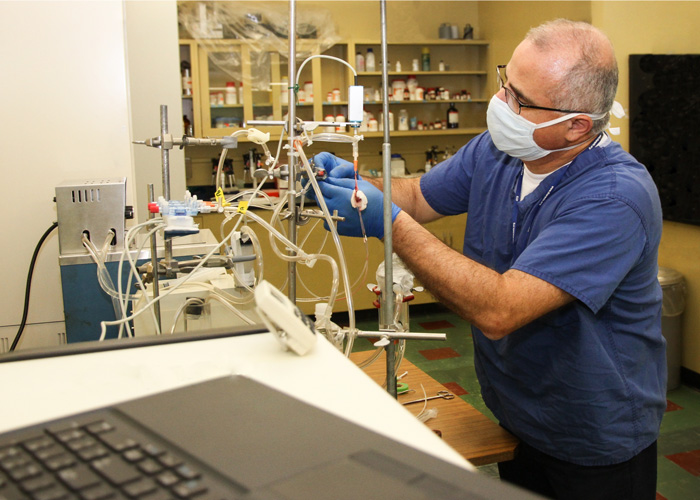Radmanovic Dissertation Abstract
Characterization of Cortical Bone in Osteogenesis Imperfecta
Dissertation Date: May 16, 2024
Osteogenesis imperfecta (OI) is a heritable bone fragility disorder characterized by skeletal deformities and frequent fractures. Impairment of the collagen network in bone reduces bone quality and quantity, increasing the risk of fracture. The corrective osteotomy required to insert a rod into a long bone during corrective orthopaedic surgeries in OI excises at least one small bone wedge. Research on these specimens is beginning to offer valuable insight into the material behavior and modeling potential for improved orthopaedic treatment. There is a paucity of data on macroscopic properties and microstructural metrics as well as limited correlation analyses performed between them within OI and healthy pediatric populations. Further, a micro-finite element (FE) model of human OI cortical bone has not been reported in the literature.
This project expanded the library of material data on pediatric OI cortical bone, uniquely employing micro-computed tomography prior to bending of bone beams. Material parameters were compared between OI phenotypes, and between phenotypes and a pediatric control group. The macroscopic properties in each phenotype are significantly different than those of controls. Compared to controls, mean volumetric bone mineral density (vBMD) was 21% lower and porosity was nearly three times greater in the severe OI type III and moderate OI type IV groups.
Relationships between microstructure and macroscopic properties in moderate to severe pediatric OI and pediatric controls were explored via linear mixed modeling. For the OI group, macroscopic modulus and strength correlated with vBMD and porosity but not with volumetric tissue mineral density (vTMD).
This novel study developed a micro-FE model of moderate to severe human pediatric OI cortical bone beams. A correlation study determined longitudinal FE-computed tissue-level elastic modulus increases with vTMD, but with only marginal significance. Concentration factors were computed and plotted as functions of porosity. Stress and strain concentration factors were determined to be elevated in the micro-FE models. The only significant associations were transverse stress concentration factors positively correlating with porosity.
These results significantly expanded our knowledge of material and microstructural properties of pediatric OI cortical bone and created the first patient-specific micro-FE models of OI pediatric cortical bone beams.
Return to Dissertation Schedule


